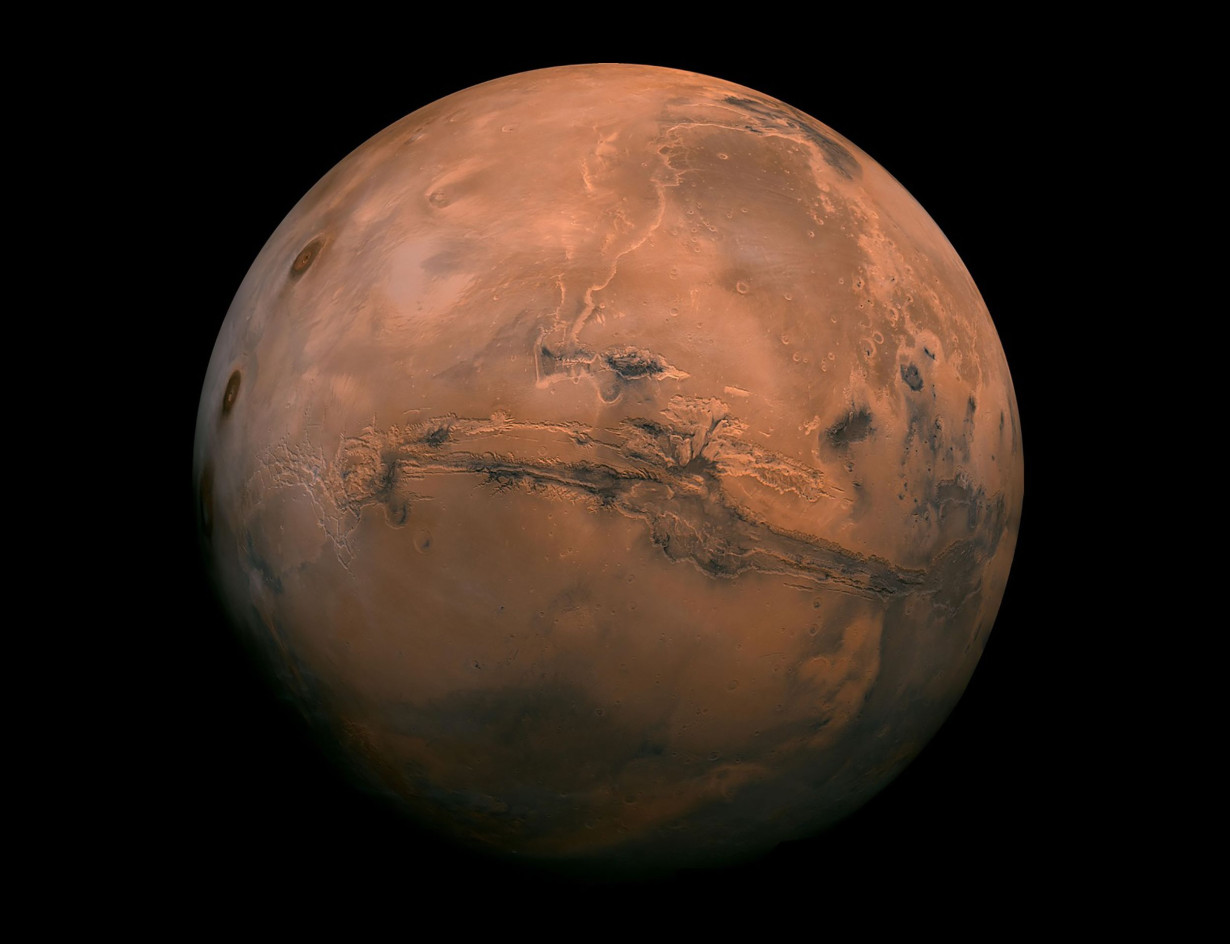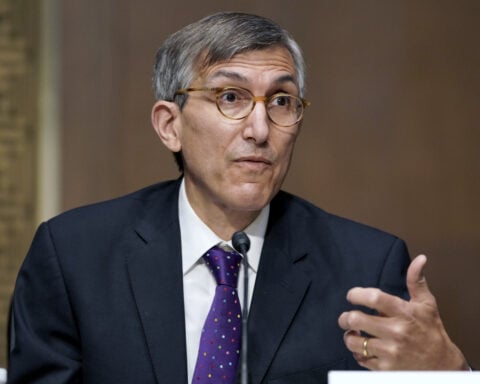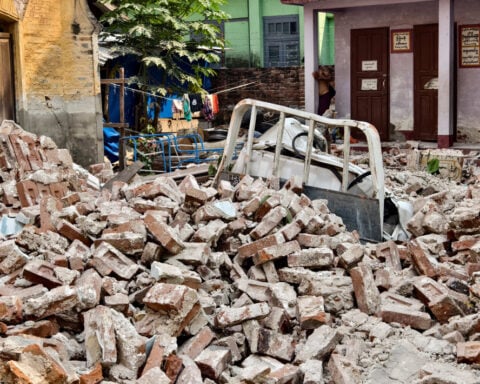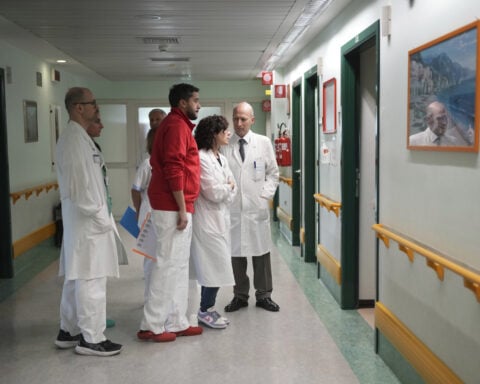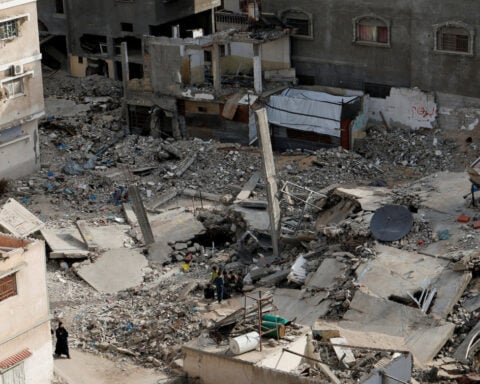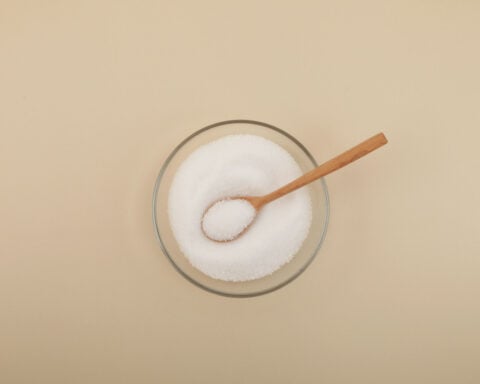(CNN) — Toxic dust on Mars would make a future mission to the red planet extremely hazardous for astronauts and require significant countermeasures, new research suggests.
Substances such as silica, gypsum, perchlorates and nanophase iron oxides contained in Martian dust could have life-threatening effects on members of a potential Mars mission, according to a study published in the journal GeoHealth last month.
“The biggest danger is the risk to astronauts’ lungs. Since the dust is so fine, it is expected to remain in astronauts’ lungs and some of it will be absorbed into the bloodstream,” study co-author Justin Wang, a medical student at the Keck School of Medicine of the University of Southern California (USC), told CNN on Wednesday.
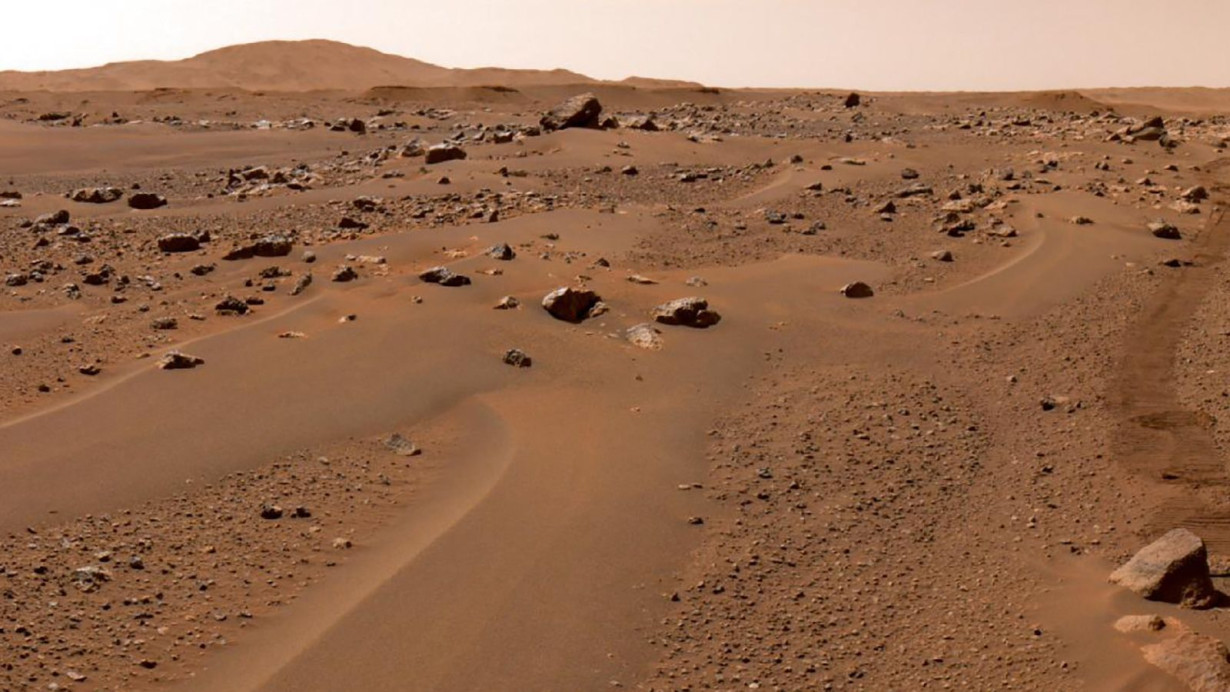
“Astronauts are already at risk for pulmonary fibrosis due to the radiation exposure in spaceflight, and many of the hazards including silica and iron oxides can cause pulmonary disease that could be superimposed.”
Wang also highlighted concerns that perchlorates – chemical compounds that have been detected at toxic levels in Martian soil – could cause thyroid dysfunction and aplastic anemia – a condition in which the body stops producing enough blood cells.
Given the length of time it would take to return to Earth from Mars, as well as a delay in communicating with our home planet, the key is to avoid dust exposure through dust filtration, cabin cleaning and the use of electrostatic repulsion devices, according to the study.
Nonetheless, Wang is optimistic that the toxic dust doesn’t make a Mars mission an impossibility.
“While the dust on Mars isn’t going to be the most dangerous part of a mission to the Red Planet, it’s definitely a hazard that can be harmful to astronauts, yet easily avoidable given we’re properly prepared for it,” he said.
Study co-author Brian Hynek, a professor of geological sciences at the University of Boulder, highlighted the wider impacts of Martian dust.
“It’s constantly falling from the sky and covering everything. Every few years there are globe-encompassing storms that lay down a thick coat,” he told CNN, underlining that spacecraft, vehicles, solar panels and other equipment “will need constant attention to keep functioning.”
“Our rovers have already experienced this with loss of scientific instruments or the entire mission due to solar panels rendered too dusty to charge the batteries,” Hynek said.
“These secondary considerations will have a significant impact on humans as well.”
Julia Cartwright, an independent research fellow at the University of Leicester’s Institute for Space, who wasn’t involved in the study, told CNN that dust mitigation is a big issue for space exploration.
“As the authors have highlighted – the dust really does get everywhere, and it behaves a bit differently to dust on Earth. Here, most dust and particles go through their own transportation journeys and tend to be quite rounded when you look at it under the microscope as they get worn down gradually over time,” she said.
“By comparison, on the Moon and Mars, you’re dealing with very sharp, pointy particles which haven’t had this same activity. This is a problem if they are in the air that you are breathing – sharp particles are more likely to cause irritation to soft membranes, which is where you can run into issues with your lungs.”
Cartwright said the process could be likened to being exposed to asbestos, a fibrous mineral that was used in building materials until research found that it caused health conditions including lung cancer, mesothelioma and pulmonary heart disease.
She also highlighted issues surrounding the use of filters to clean the air of “unpleasant elements and compounds” such as chromium, arsenic and cadmium.
“Assuming that you are able to filter these out, you would still need to have a strategy for changing out all of the filters that you would have to breathe through and you would need to have a load of those filters on board the spacecraft,” said Cartwright.
And Jonathan Eastwood, a professor of space physics at Imperial College London, agreed that sophisticated solutions will be needed to overcome the hazards posed by Martian dust.
“The distance from the Earth to Mars means that rapid evacuation back to Earth is ruled out, and so it’s necessary to have a complete medical capability locally on the surface,” he told CNN.
“As the authors point out, solving this is a highly interdisciplinary problem where medical, engineering and scientific disciplines must converge to find a solution.”
Natalya Zavina-James, senior exploration research manager at the UK Space Agency, told CNN that the “study illustrates the breadth of considerations needed to protect astronauts’ health.”
“It’s great to begin to see studies, like this one, addressing the human health aspect of Mars exploration,” she said.
“This is a critical aspect of the horizon goal, with huge ethical implications that must be considered in depth before crewed missions take off.”
The-CNN-Wire
™ & © 2025 Cable News Network, Inc., a Warner Bros. Discovery Company. All rights reserved.

 Trump has begun another trade war. Here's a timeline of how we got here
Trump has begun another trade war. Here's a timeline of how we got here
 Canada's leader laments lost friendship with US in town that sheltered stranded Americans after 9/11
Canada's leader laments lost friendship with US in town that sheltered stranded Americans after 9/11
 Chinese EV giant BYD's fourth-quarter profit leaps 73%
Chinese EV giant BYD's fourth-quarter profit leaps 73%
 You're an American in another land? Prepare to talk about the why and how of Trump 2.0
You're an American in another land? Prepare to talk about the why and how of Trump 2.0
 Chalk talk: Star power, top teams and No. 5 seeds headline the women's March Madness Sweet 16
Chalk talk: Star power, top teams and No. 5 seeds headline the women's March Madness Sweet 16
 Purdue returns to Sweet 16 with 76-62 win over McNeese in March Madness
Purdue returns to Sweet 16 with 76-62 win over McNeese in March Madness
